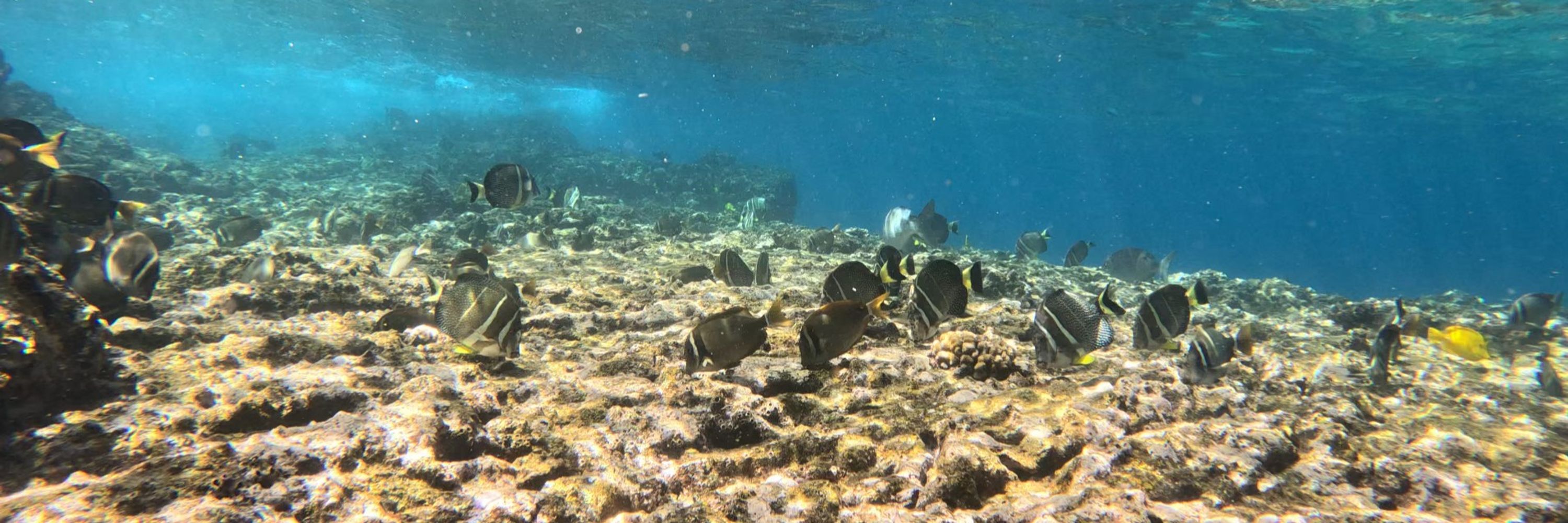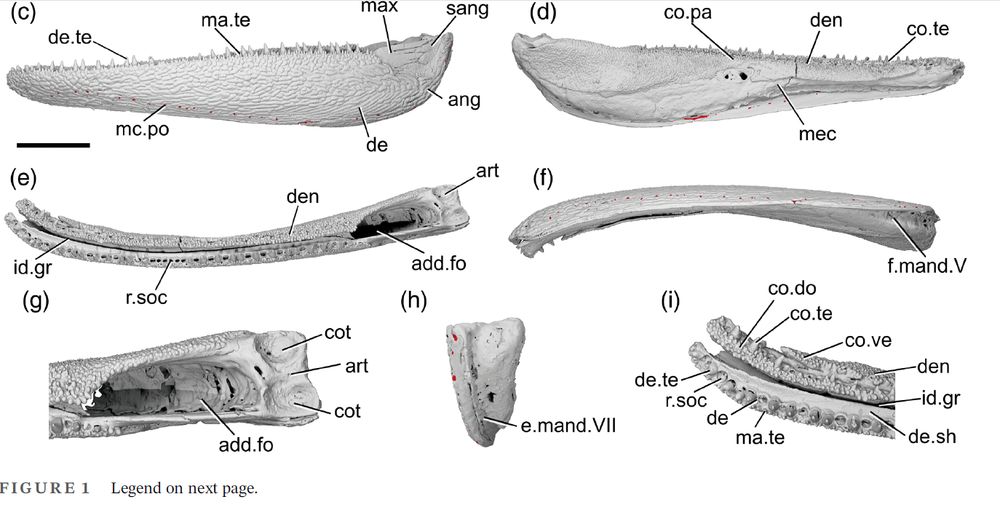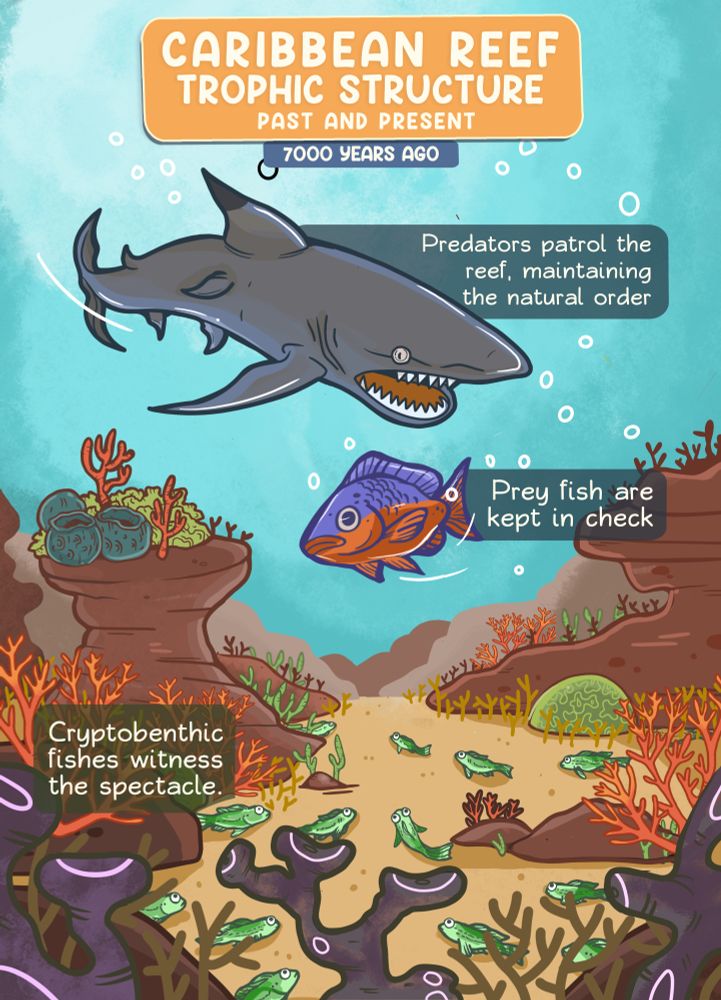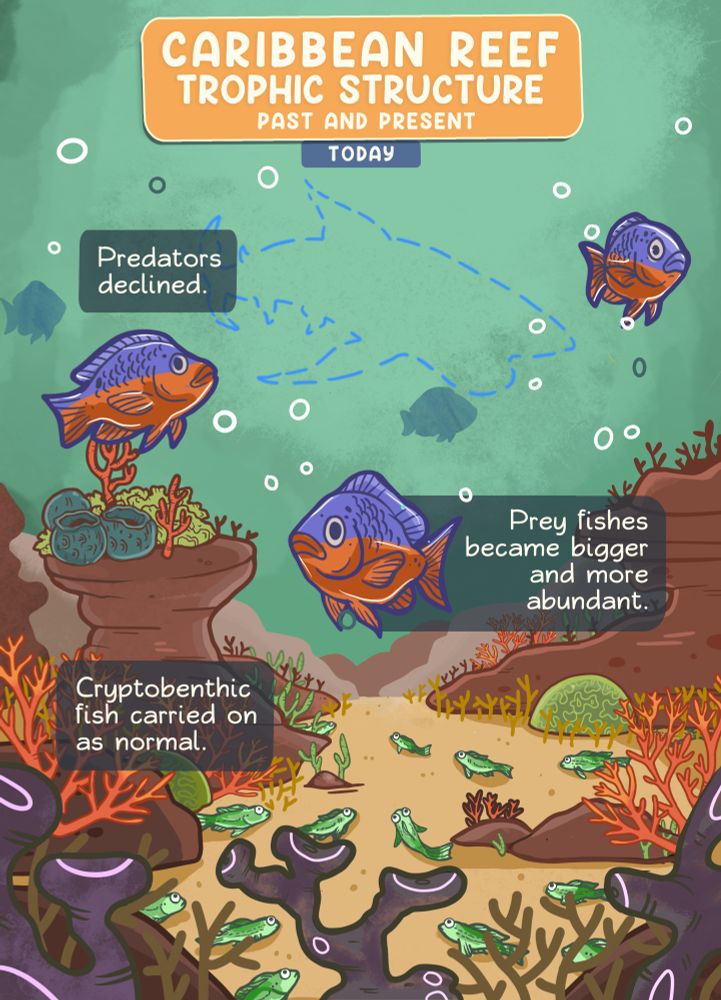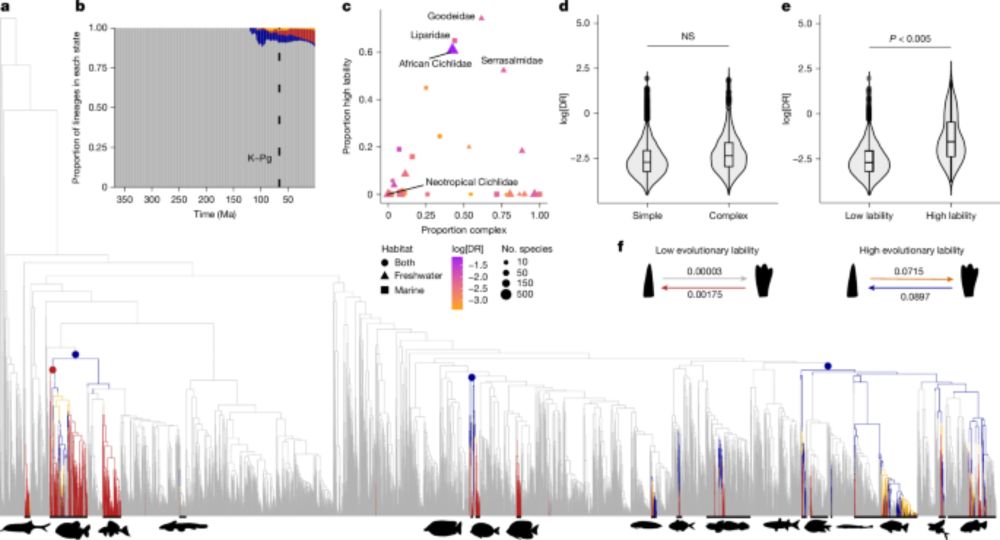Michalis Mihalitsis
@mikemihalitsis.bsky.social
110 followers
110 following
18 posts
Assistant Professor at the University of Guam.
Coral reef fish. Functional Morphology. Fish Evolution & Ecology
Google Scholar: http://bit.ly/2A7o146
Posts
Media
Videos
Starter Packs
Pinned
Reposted by Michalis Mihalitsis
Reposted by Michalis Mihalitsis
Reposted by Michalis Mihalitsis
Reposted by Michalis Mihalitsis
Reposted by Michalis Mihalitsis
Reposted by Michalis Mihalitsis
Matt Friedman
@friedmanlab.bsky.social
· Jul 22
Reposted by Michalis Mihalitsis
Reposted by Michalis Mihalitsis
Nick Peoples
@cichlidnick.bsky.social
· Jun 24
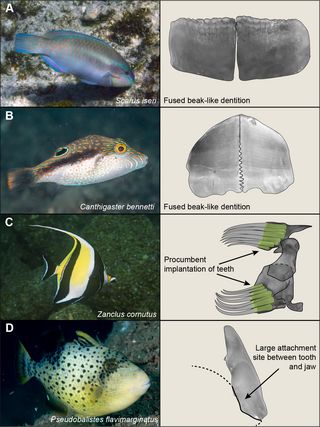
Incompatibility between two major innovations shaped the diversification of fish feeding mechanisms
Large teeth and highly protrusible jaws are two feeding innovations that have evolved in fishes. High-speed videography and comparative phylogenetic analyses indicate that they are incompatible with e...
journals.plos.org
Reposted by Michalis Mihalitsis
